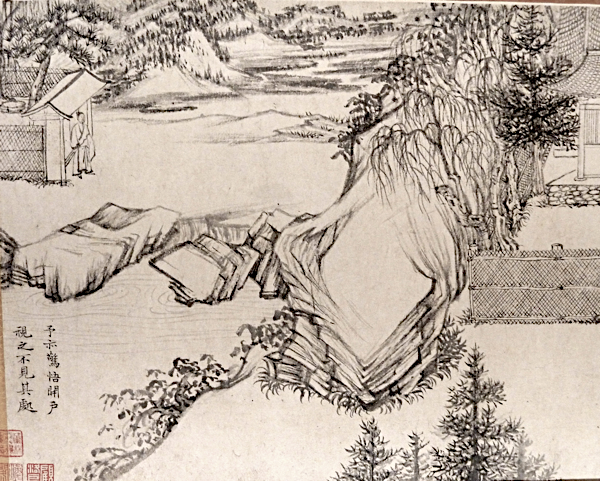Upper Level Seminar: Art and Moral Autonomy in Song China

This course examines the broad humanistic problem of how pictures in Song China engaged questions of moral autonomy. In the post-aristocratic society of Song times, the relationship between educated individuals and the state, as well as court and state, required re-negotiation from the ground up, and pictures were one of the key hotspots for debate. The core terms for defining moral autonomy at the time were xiaoyao, "free wondering", duxing, "independent conduct", and gongyi, "public criticism" of government. All three terms pit individual against authority, and all three could be coded in the choice of theme, technique, or style in a range of Song period works. In this course we'll learn how to do "close reading" of Song paintings for clues to the deep, humanistic themes underlying artistic choice. To make things easier we'll read secondary sources on Song law, society, and government, primary sources on the same, and relevant secondary studies of early modern European art. Along the way we'll develop a solid understanding of major developments in Song period painting. The course will include a trip to the Cleveland Museum of Art to view some of the finest Song paintings in existence today.
HISTART category for concentration distributions: 3. Early Modern, C. Asia (includes China, Japan, India, South and Southeast Asia, and the Pacific)